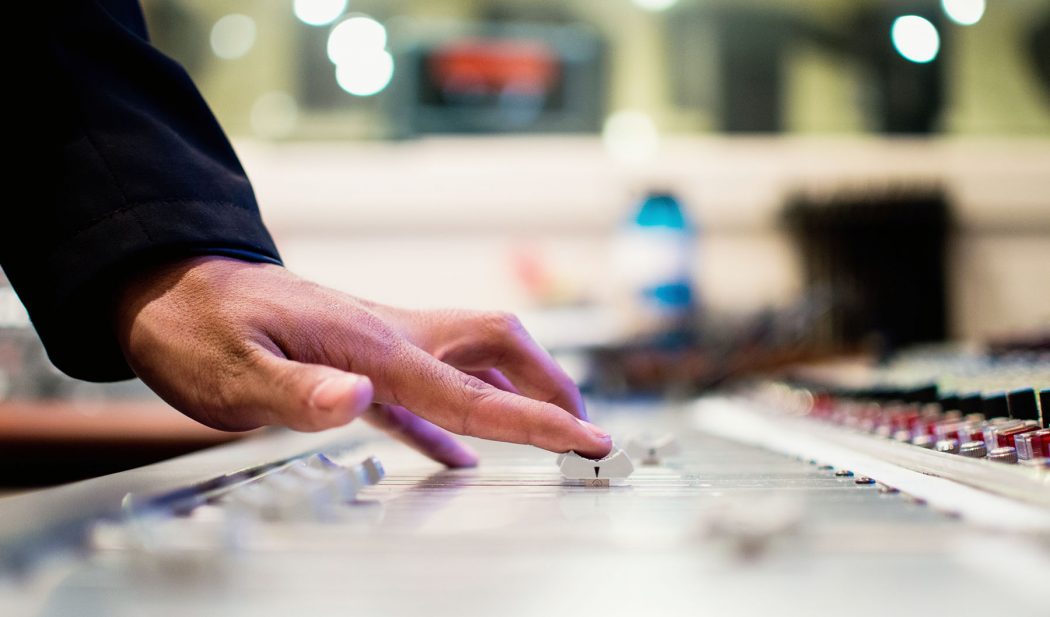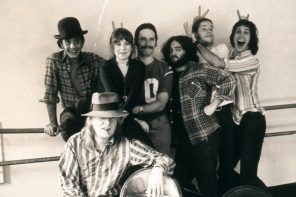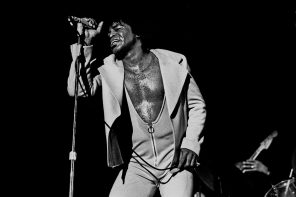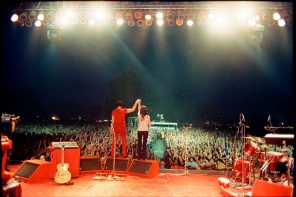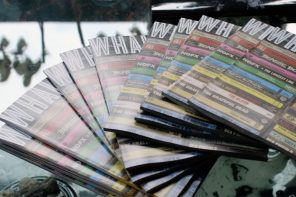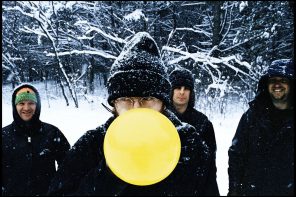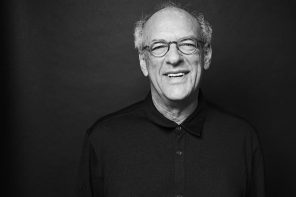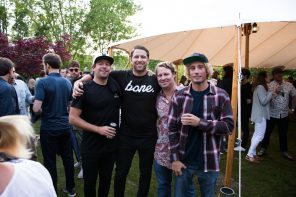There you are, shamelessly singing along to another crazy, addictive, pop song of summer. You likely don’t remember when you first heard the song. You definitely didn’t set out to learn all the lyrics, and you may not even be a fan of that particular band. But still, there you are, on a beautiful summer day, cleaning your house, driving your car, or hanging out in the bathroom belting out the lyrics like the rockstar you were born to be.
The question is, who decided you and most of America were going to get hooked on that particular song this summer? The odds are that decision was made by a group of human beings you’ve never met, but they know what makes a hit. They likely work as radio programmers at one of the largest media company’s in America, programming music across 850+ radio stations to 270 million listeners every month. That means more people are listening to the radio every month than are posting, pinning, tweeting or snapping. That’s a fair amount of people singing along with you.
And, when you’re programming for the biggest stations in the nation, like Z100 in New York or KIIS-FM in Los Angeles, knowing what will be a hit is as much art as it is science. Tom Poleman, President of National Programming Group at iHeartRadio is the magician behind the curtain when it comes to managing programming and programmers for this massive, mass reach medium we call radio.
“Finding the hits of summer and every other season is still very much a human-first endeavor at iHeartMedia,” said Poleman. “We listen to everything, from the biggest artists on the planet to the newest, emerging ones you’ve never heard before and there’s a moment when you hear those hits and you just know that we will not be able to get this out of our heads. It just connects.”
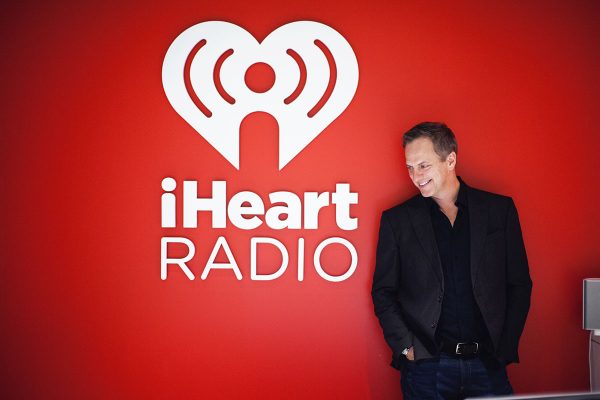
Tom Poleman. Photo: Wiki
The fact that music programming is still a human-driven decision in the age of big data, may be counter intuitive to some. But, to artists and radio programmers it makes complete sense. Music is emotion and music’s power to move people is something an algorithm doesn’t quite understand. “That’s why we always start with humans who know music and know our listeners, whether it’s a pop, rock, country, urban or alternative station, for every format, knowing our listeners tastes is where the data comes in.” said Poleman.
So those huge hits of summer start with real humans listening and making a bet on what will vibe with their listeners. The challenge is very often when people hear something new for the first time, they may not instantly connect to it. Repetition matters, frequency matters for music as much as it does for advertisers. That first listen may be magic, but very often it takes lots of spins to know whether you have a hit on your hands.
“That’s where our people rely heavily on massive amounts of data to validate the decisions we humans make,” Poleman explained “Once we give a song 200 to 300 spins on-air we troll immediately through the data, are our listeners searching for the song in the iHeartRadio app? Are there more thumbs up or down?”
Data is critical, always has been in the radio business. It used to be the switchboard would lit up, now we follow the fan reactions immediately on social media and mine tons of digital data to know whether that song is getting into your head and your heart, or not.
Radio is live, 24/7. It’s real people having a real conversation and spinning the music you know and love and the music you don’t know yet, but are likely to be singing out loud to one day soon.
When you do love a song, the audience can have an insatiable appetite to hear it more and more. Poleman added, “The data will also clearly tell us when you’ve had enough and we’ll start decreasing the number of spins. But we are always surprised just how much people enjoy a hit, particularly those anthems of summer.”
We all have millions and millions of songs at our fingertips on a smartphone, but people still tune in to live radio to discover new music. Because the truth is, left to our own devices programming music, we’d likely all get caught in a pattern of what we used to like, typically back in high school or college, when we had more time to curate our music collections.
Radio is still #1 for music discovery, for a couple of reasons. Radio is live 24/7 so you don’t just get a song, you get a trusted on-air personality giving you the context on the song, the artist, the backstory and the information you need to care. It can be hard to care when you don’t have context. Digital music apps are terrific once you know what you want to hear, but live radio gives you a lot more context and a lot more reasons to engage and listen and likely find yourself discovering, knowing and loving a song without even trying.
That’s the key. Radio is not like our music collections. Radio is live, 24/7. It’s real people having a real conversation and spinning the music you know and love and the music you don’t know yet, but are likely to be singing out loud to one day soon.
That’s the power of the most live, human medium in the nation. There isn’t a more powerful way to discover something than a friend telling you about it. On the radio, you have personalities you drive with every day. You know them, you trust them and they just happen to know more than most of us, about what’s next in the music world. So, even though we have the collection of the world’s music available on our phones, we keep tuning in to our favorite radio stations. People are craving live, human connection and radio delivers. That’s why with all the media choices available today, broadcast radio continues to grow, particularly with teens and millennials.
Let’s face it, there is a role for kicking back with our favorite music or our favorite playlists, but when it comes to discovering new music, radio and the humans inside it, still rule.
So, next time you find yourself cruising down the LIE, 95 or 405, belting out the lyrics to the biggest songs of summer, without even realizing you’re doing it, you’ll know who to thank…the humans inside the radio.
Articles originally featured in the Music Issue of Whalebone Magazine. Get your hands on a copy here.

